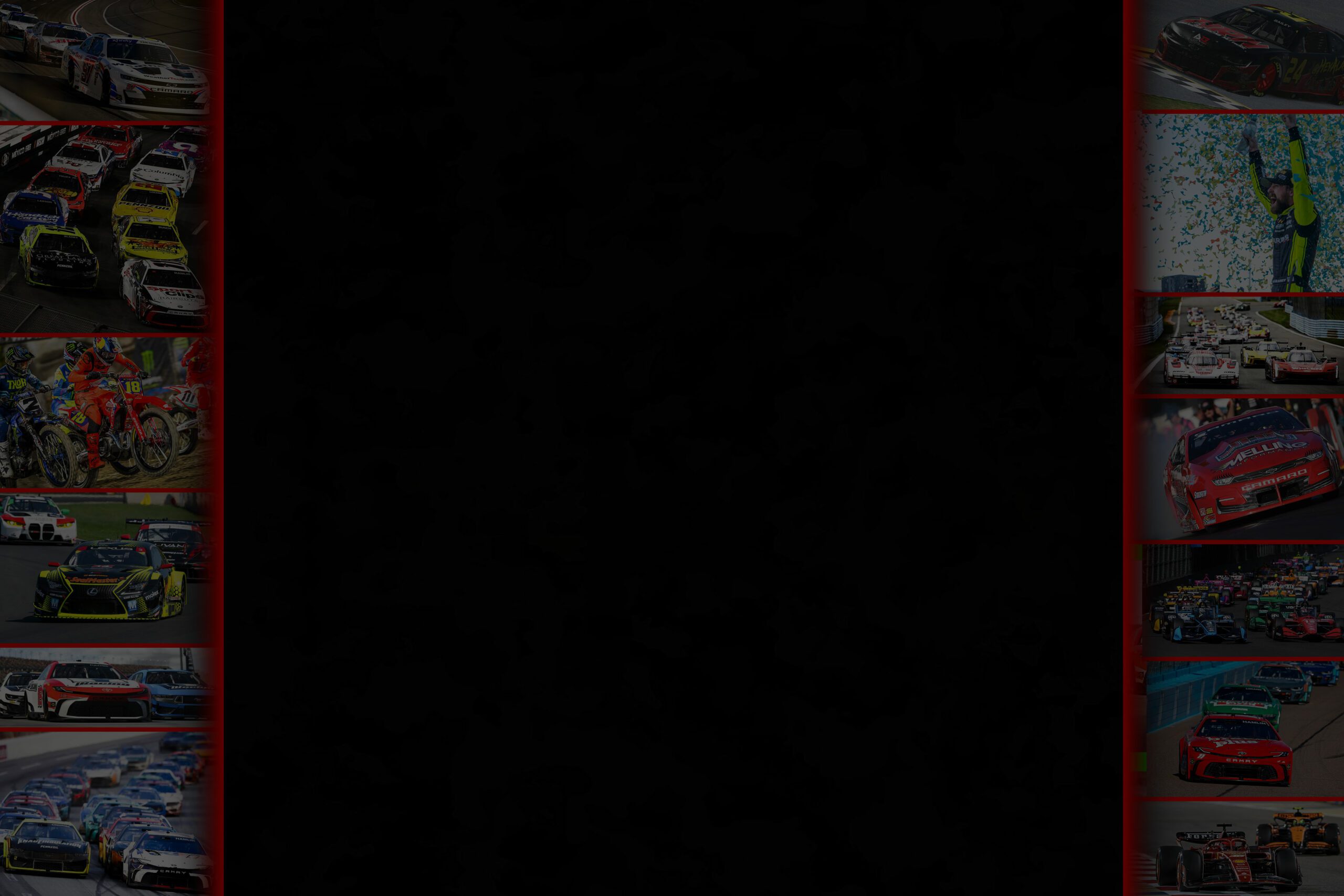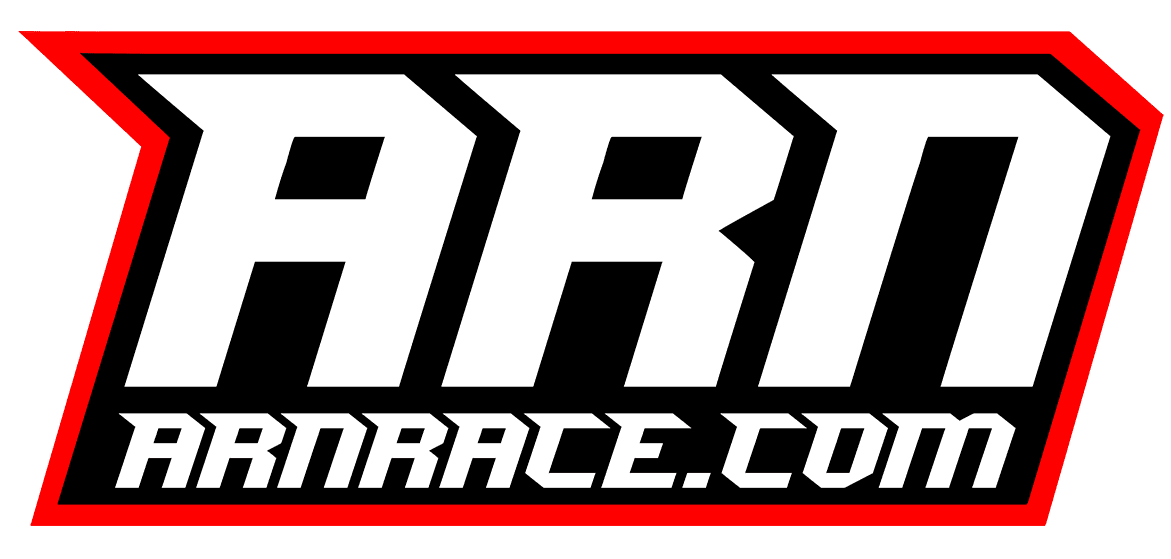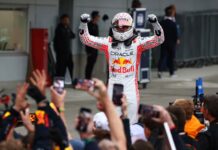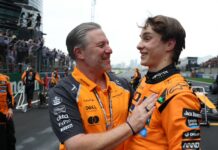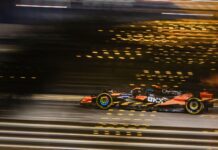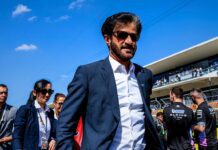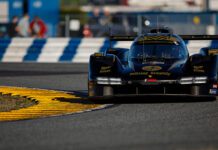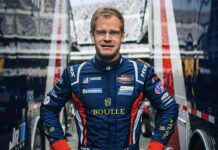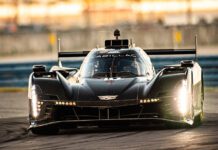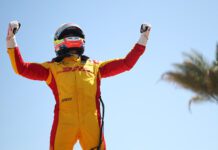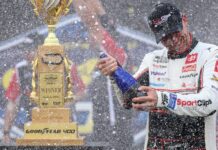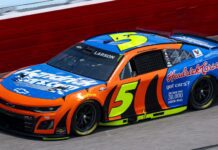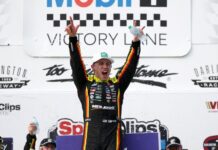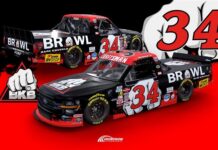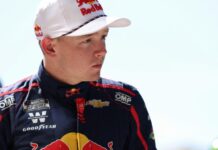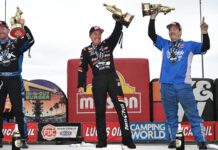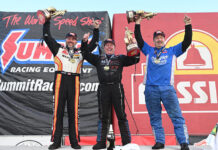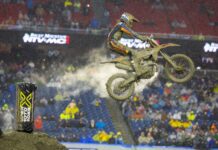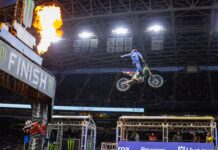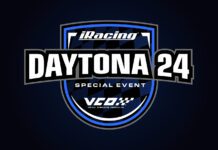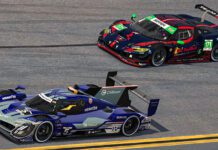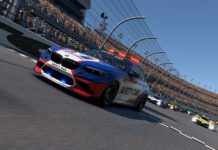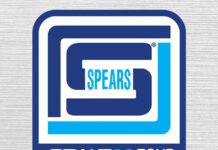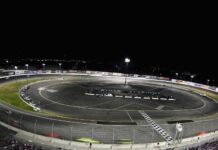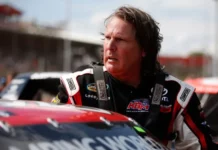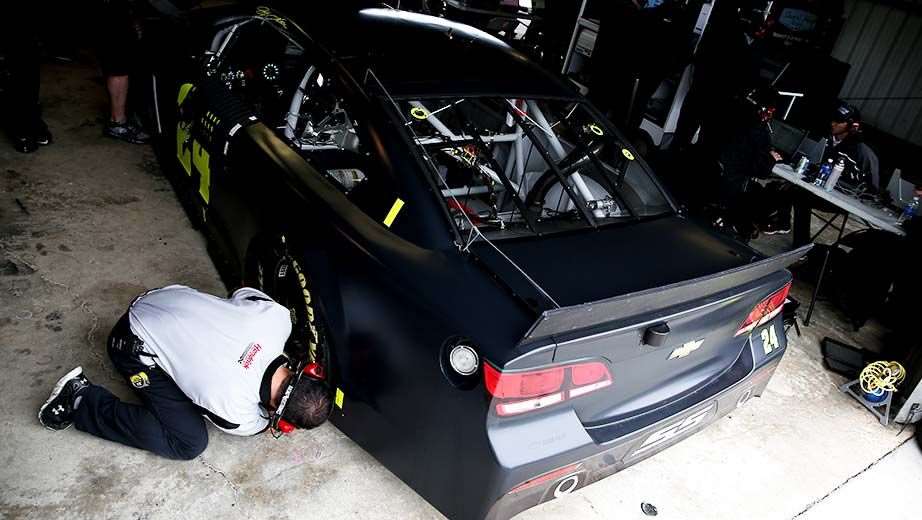The engineers and mechanics who hunched over an array of computers plied their trade with typical high-tech flair during Wednesday’s open NASCAR test at Richmond International Raceway, analyzing data feeds and crunching numbers while their drivers made the rounds.
Clint Bowyer’s contribution to the cause was more dial-up connection than high-speed wireless.
“I don’t even know how to open a laptop,” Bowyer said. “I know how to hold a steering wheel.”
Bowyer left the computers to the experts on a chilly, damp Wednesday at the .75-mile track as teams gathered important data ahead of the first Richmond stop on the Sprint Cup Series schedule, the April 25 Toyota Owners 400 (7 p.m. ET, FOX). The seven-hour session, which started 2 1/2 hours late because of early morning rain, came on the heels of Tuesday’s rain-delayed Goodyear tire test here, where teams confirmed the rubber that will be used in the springtime 400-lapper.
But in addition to making tires work, teams used the extra time to try different setups that may pay dividends in a little over two weeks.
“You’ve got to use everything. That’s what we’re here for,” Bowyer said. “They throw the crash-test dummy in there and we go out and make a bunch of laps, come in and make a change, then you go back out and make a bunch more laps. Really, it isn’t as much for us as it is for these engineers. In this day and age, it’s all about that.”
NASCAR competition officials instituted a ban on testing before the season, but have sprinkled several open tests across the calendar to help teams prepare for race weekends. To offset the lack of test time, teams have shifted some of their attention to simulations back at the shop. While simulators have made strides toward approaching real-life accuracy and precision, track time remains a precious commodity.
“It does a pretty good job of it, but man, it’s nothing like the real thing,” said Austin Dillon, driver of the Richard Childress Racing No. 3 Chevrolet. “So it’s nice to come out here and have the track and really work on dialing something in, more than what you can do on a computer.”
Chris Heroy, crew chief for the Chip Ganassi Racing No. 42 Chevy driven by Kyle Larson, seconded that emotion.
“It’s a big deal,” Heroy said. “We’re able to answer all the little questions you don’t get to during a race weekend. We test quite a bit now; we just don’t do the Nashvilles. I wouldn’t call it a testing ban, it’s more of a testing focus because you’re testing at tracks you race at, which is a good thing. We’ve had pretty good luck coming back to places we’ve tested, so we feel pretty good about it.”
Thirteen drivers added the Richmond detour before heading to this weekend’s racing at Texas Motor Speedway, driving cars equipped with ride-height sensors and pitot tubes to measure wind velocity. Additionally, three “wheel-force” cars — one for each manufacturer and marked with a “W” beside their number on the scoring sheet — also made the trip, each outfitted with a complex sensor attached to each wheel to measure load on the tires.
The information from those three cars — with Team Penske representing Ford, JTG-Daugherty Racing for Chevrolet, and Joe Gibbs Racing for Toyota — would be shared within each manufacturer network.
Brad Keselowski drove the No. 2 wheel-force car for Team Penske, but also placed his regular test mule at the top of the leaderboard for the bulk of the seven-hour session. The scoring feed looked eerily similar to the most recent race at Richmond last September, when Keselowski led a staggering 383 of 400 laps in a dominant victory.
“Well, that’s what we’re hoping for,” Keselowski said. “The spring and fall race are very similar and I think you see the same cars run well a lot here because of that. I feel like we were a very good car here for both races, but we had some weaknesses to work on and we know that, and that’s what we’re here to do.”
Tuesday at Richmond, teams tested tires for nearly four hours after steady showers pushed back the on-track schedule. Goodyear will employ zone-tread technology — using two different rubber compounds, one for improved endurance and one for enhanced traction, in a single tread — on its right-side tires. The left-side tire compound will remain the same as the one teams raced on last September.
Both test days were conducted with additional tire-pack barriers along the inside walls in Turns 1 and 3 and at the exit of pit road. RIR president Dennis Bickmeier announced Monday that the track’s expanded use of energy-absorbing barriers would remain in place for its April race weekend, a safety measure that didn’t go unnoticed by the drivers.
“I think NASCAR’s made a big effort at safety for a long time now,” said Roush Fenway Racing’s Trevor Bayne. “Obviously there are incidents that open our eyes sometimes to things we missed, and I think they’re trying to cover everything that they can with the softer walls. It still hurts when you hit those things, but not as bad, but I really appreciate them looking into that for every race track.”
